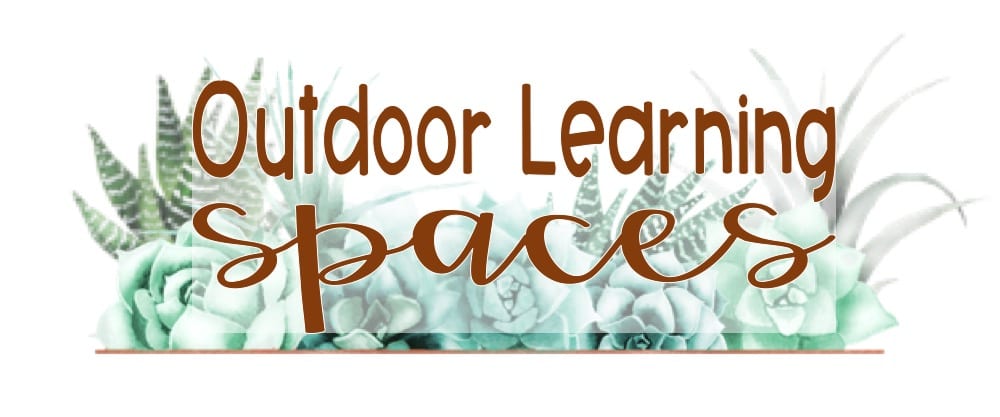Outdoor learning opportunities provide a backdrop for practicing literacy skills. As well as a larger deeper language and vocabulary. Children begin to learn about the world around them in the outdoor learning environment.
If we want children to move mountains we first need to let them out of their chairs.
Nicollete Sowder

What is Literacy in School?
Literacy is so much more than learning a set of symbols (alphabet) it is a system of communicating and making meaning. It is interesting real-life experiences enhanced and inspired by classrooms steeped in rich vocabulary development. In addition to young children developing literacy through recording observations and making notes, they are also practicing prewriting skills. A combination of provocations and teacher-directed activities to promote language development and literacy awareness are key components to a strong literacy program.
What is a Provocation?
- Provocation is a fancy word for anything that creates interest or provokes a child into higher level thinking.
- A natural item, such as a pinecone, that makes a child ask why it closes up when it gets wet.
- Old materials displayed in a new way- the bamboo poles as fort building materials rather than water ways in the sand box.
- An animal- an exhaustive investigation of toads after we found one in the sandbox.

Why Outdoor Classrooms?
Attending an outdoor classroom promotes a love of nature and connects children to the world around them, helping to develop a love of nature-based creation. When children enjoy time with teachers and friends in nature-filled classrooms, language and literacy flourish, with deep meaningful conversations.
Literacy Concepts Outside
Exposing children to a language-rich environment, and multilingual classrooms will gain deeper vocabulary skills. As well as supporting them well into their school-age years. Parents and teachers who work alongside children to have meaningful conversations are presenting a literacy-based home life and classroom experience. Talking to caregivers is one of the best practices for children needing to develop language acquisition. Encouraging children to explore the world around them, and then give them time to explore long enough that higher-order thinking happens.

Literacy-Based Provocations Inspired by the Outdoor World
Including a book bag with books about toads and frogs- after discovering a
toad in the sandbox. Intrigued by the sandbox visitor the students began to learn more about the habitats of toads. The differences between frogs and toads and the items they like to eat. The students learned the differences in outdoor “wild” animals as well as the domesticated geckos that live in the classroom.
READ- READ- READ to the children. It is important to stop and ask questions along the way. As well as expect a certain level of recall. Have students retell stories and play-act what they have heard. This gives children a chance to practice a deeper understanding of the written word. In addition to giving your child an opportunity to question their world, you are also deepening their sense of the physical world.

Are you ready to transform your learning? Taking it outside and letting the students out of their desks? Check out the 3-hour master class, all about outdoor learning. Lifetime access, plus support the reversal of Myopathy in your students. Give our sensory seekers real work to help combat challenging behaviors. Use the outdoor learning environment for more than just recess.

If you are looking for some activities to encourage your students and provoke their interests I have some additional ideas for you:
Songs about Bugs from my friend Milena over at Joy of Montessori, or you can find her Anatomy of a Snail here.
And if you are looking for an entire science-based curriculum to add to your indoor or outdoor learning space you can find that here: Make Science Inquiry-Based Learning Fun and Exciting.



3 Responses